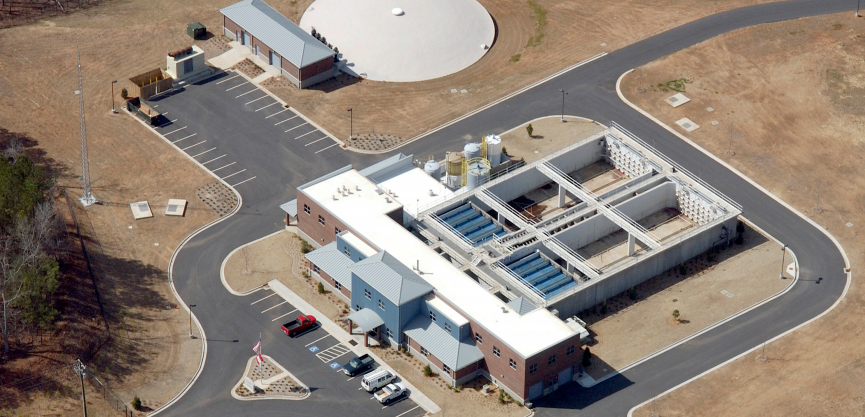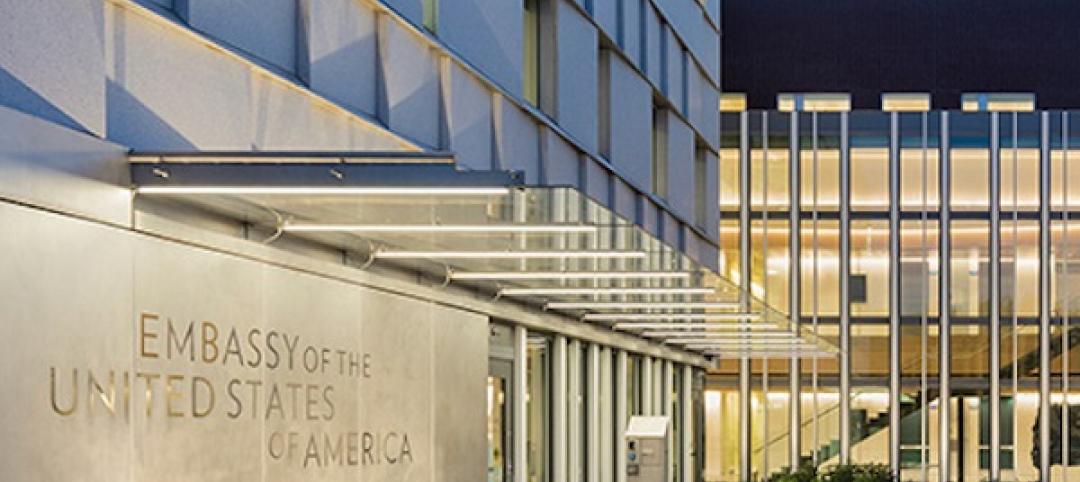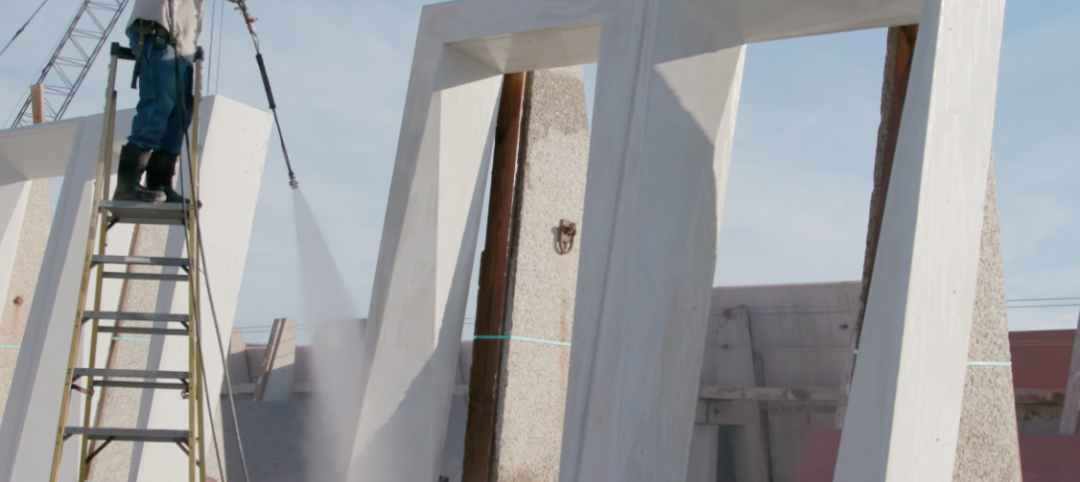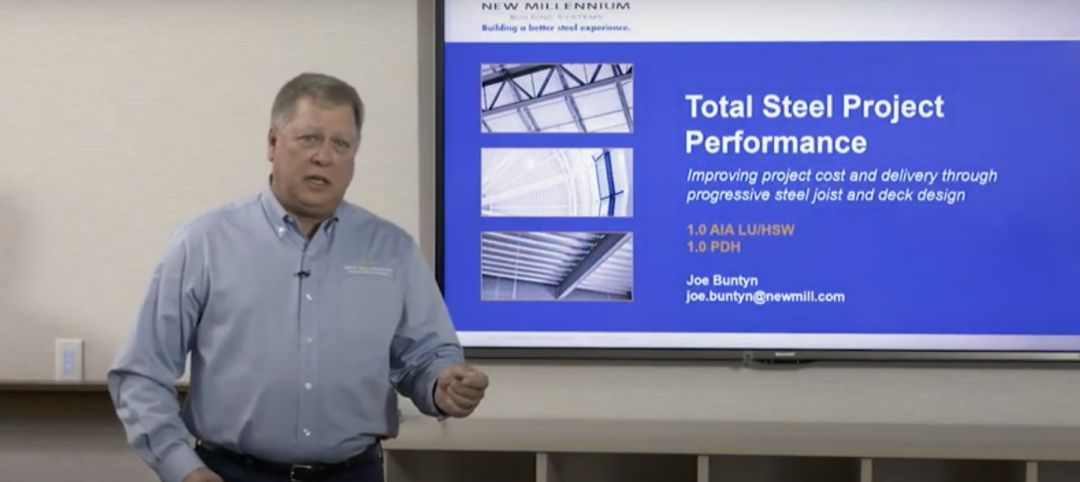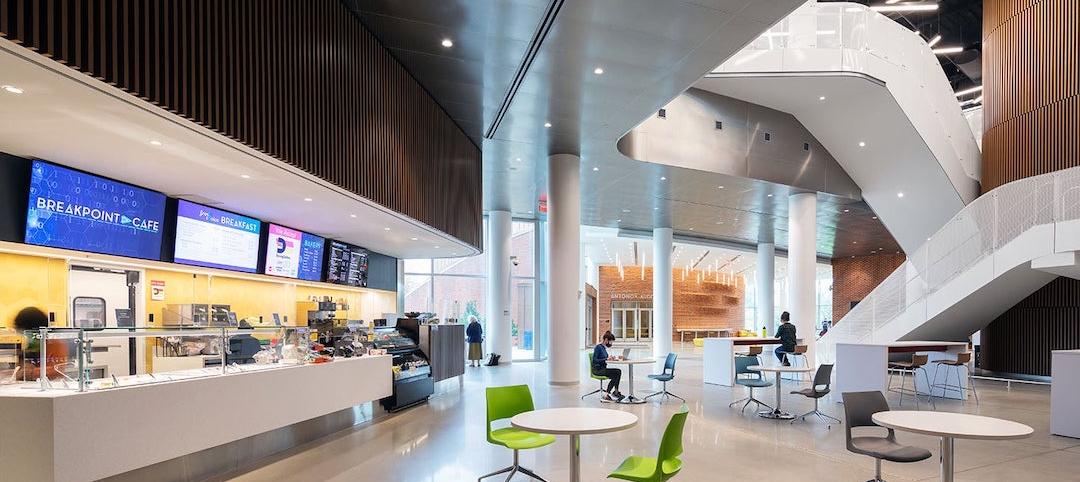Goodwyn, Mills and Cawood, the Montgomery, Ala.-based architecture and engineering outfit, strengthened its position in Georgia by completing its acquisition of Smyrna, Ga.-based Stevenson & Palmer Engineering, which has been in business in the Peach State for more than 50 years.
The two firms have been collaborators for at least the past two years, and currently have several projects underway. Teams from both companies have been working on an integration strategy to ensure a smooth transition.
Stevenson & Palmer’s 22 employees will continue to provide engineering support services from their company’s four Georgia offices, albeit under the name Goodwyn, Mills and Cawood, which already had an office in Atlanta. “The SPE team is still in place—we’ve just added a few names and a new list of services to our resume,” said Corkey Welch, Stevenson & Palmer’s former President, who is staying on as a Senior Client Manager for the combined firm. That team now reports to Jim Teel, Goodwyn, Mills’ Vice President of Georgia.
Founded in 1947, Goodwyn, Mills and Cawood employs more than 300 people who work out of its dozen offices in Georgia, Tennessee, Alabama, and South Carolina. The company assembled its Georgia team in 2011. Steve Cawood, President of the firm’s Eastern Region, which encompasses its operations in Georgia and South Carolina, spearheaded the negotiations between the two companies, which began two years ago, says Abby Basinger, a GMC spokesperson.
Its services include environmental, geotechnical, interior design, landscape, planning, surveying, and transportation. This month, GMC started construction on a 140,000-sf, $55 million football complex at Clemson University that is scheduled to open in early 2017. The firm is also in the planning stages of a $29 million expansion and upgrade of Franklin High School in Williamson County, Tenn., which if greenlighted would include more classrooms, a new athletic facility, and multipurpose field and track.
Basinger says GMC, which does work nationally, has no immediate plans to open new offices. But she also points out that GMC has customers in Mississippi and North Carolina, “so you never know.”
Related Stories
Sponsored | Reconstruction & Renovation | Jan 25, 2022
Concrete buildings: Effective solutions for restorations and major repairs
Architectural concrete as we know it today was invented in the 19th century. It reached new heights in the U.S. after World War II when mid-century modernism was in vogue, following in the footsteps of a European aesthetic that expressed structure and permanent surfaces through this exposed material. Concrete was treated as a monolithic miracle, waterproof and structurally and visually versatile.
Urban Planning | Jan 25, 2022
Retooling innovation districts for medium-sized cities
This type of development isn’t just about innovation or lab space; and it’s not just universities or research institutions that are driving this change.
Sponsored | Resiliency | Jan 24, 2022
Norshield Products Fortify Critical NYC Infrastructure
New York City has two very large buildings dedicated to answering the 911 calls of its five boroughs. With more than 11 million emergency calls annually, it makes perfect sense. The second of these buildings, the Public Safety Answering Center II (PSAC II) is located on a nine-acre parcel of land in the Bronx. It’s an imposing 450,000 square-foot structure—a 240-foot-wide by 240-foot-tall cube. The gleaming aluminum cube risesthe equivalent of 24 stories from behind a grassy berm, projecting the unlikely impression that it might actually be floating. Like most visually striking structures, the building has drawn as much scorn as it has admiration.
Sponsored | Resiliency | Jan 24, 2022
Blast Hazard Mitigation: Building Openings for Greater Safety and Security
Coronavirus | Jan 20, 2022
Advances and challenges in improving indoor air quality in commercial buildings
Michael Dreidger, CEO of IAQ tech startup Airsset speaks with BD+C's John Caulfield about how building owners and property managers can improve their buildings' air quality.
3D Printing | Jan 12, 2022
Using 3D-printed molds to create unitized window forms
COOKFOX designer Pam Campbell and Gate Precast's Mo Wright discuss the use of 3D-printed molds from Oak Ridge National Lab to create unitized window panels for One South First, a residential-commercial high-rise in Brooklyn, N.Y.
Engineers | Jan 12, 2022
Private equity: An increasingly attractive alternative for AEC firm sellers
Private equity firms active in the AEC sector work quietly in the background to partner with management, hold for longer periods, and build a win-win for investors and the firm. At a minimum, AEC firms contemplating ownership transition should consider private equity as a viable option. Here is why.
Sponsored | BD+C University Course | Jan 12, 2022
Total steel project performance
This instructor-led video course discusses actual project scenarios where collaborative steel joist and deck design have reduced total-project costs. In an era when incomplete structural drawings are a growing concern for our industry, the course reveals hidden costs and risks that can be avoided.
University Buildings | Jan 11, 2022
Designing for health sciences education: supporting student well-being
While student and faculty health and well-being should be a top priority in all spaces within educational facilities, this article will highlight some key considerations.
Green | Jan 10, 2022
The future of regenerative building is performance-based
Why measuring performance results is so critical, but also easier said than done.


